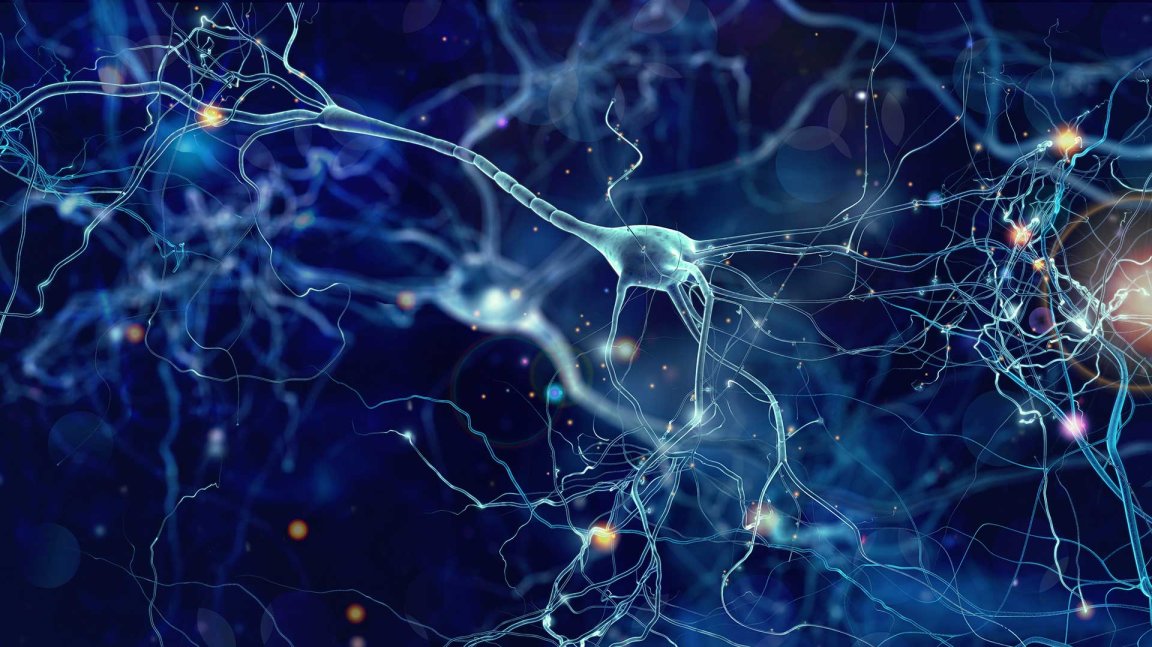
How to Feel
A new study has mapped out in unprecedented detail the “neighborhoods” of the brain that assign good and bad feelings to objects and experiences. Led by MIT neuroscientist Kay Tye, the research is illuminating brain processes that neuroscientists still don’t understand, and could have implications for treating mental health disorders.
In 2016, Tye’s research team found that within the amygdala — the center for emotions in the brain — there are neurons that assign good or bad feelings known as “valence.” These responses are integral to human survival; it is vitally important that we remember what foods or other experiences are good, and what are bad and could sicken or kill us. The new study, published in the journal Cell Reports, more deeply explores the inner workings of valence by focusing on a particular section of the amygdala, the basolateral amygdala.

The team, led by lead author Anna Beyeler, trained mice to associate “good” tasting sucrose drops with a certain audible tone, and bitter quinine drops with a different tone. They later recorded the neural responses of the mice when the different tones were played, to see which valence they were conditioned to express. They then identified and manipulated those neurons identified to play a key role in valence and engineered them to respond to light pulses. This allowed them to record the electrical activity of the neurons and their nearby agents, revealing what influenced local circuits and how.
By looking at these interactions and system structures close up, the team found that within the basolateral amygdala region, there are distinct and diverse “neighborhoods,” in which valence is determined through connections to other regions in the brain and interactions with the basolateral amygdala itself.
Understanding Valence
At the end of the experiment, the team had mapped over 1,600 neurons. Within these, they highlighted three different types of neurons that project to different parts of the brain and are associated with different types of valence. The team also found that different types of neurons tend to group together in “hotspots.” However, despite these tight groupings, they also noted that different types of neurons often mixed together.
Additionally, the researchers found that depending on the type of neuron, they have different abilities to influence one another. Tye stated in a press release that this could be due to the mixing the observed: “Perhaps the intermingling that there is might facilitate the ability of these neurons to influence each other.”
The future prospective applications of this research are undefined as of yet. Yet there are hopes that by understanding how the brain processes good and bad experiences, scientists could better understand certain mental health issues and addiction.
“Perturbations of emotional valence processing is at the core of many mental health disorders,” said Tye in the press release. “Anxiety and addiction, for example, may be an imbalance or a misassignment of positive or negative valence with different stimuli.”
Even beyond this, there is theoretical potential in manipulating feelings or desires through control of these neurons and networks. Researchers have not suggested any plans to use the research this way, but it is certainly not out of the question.